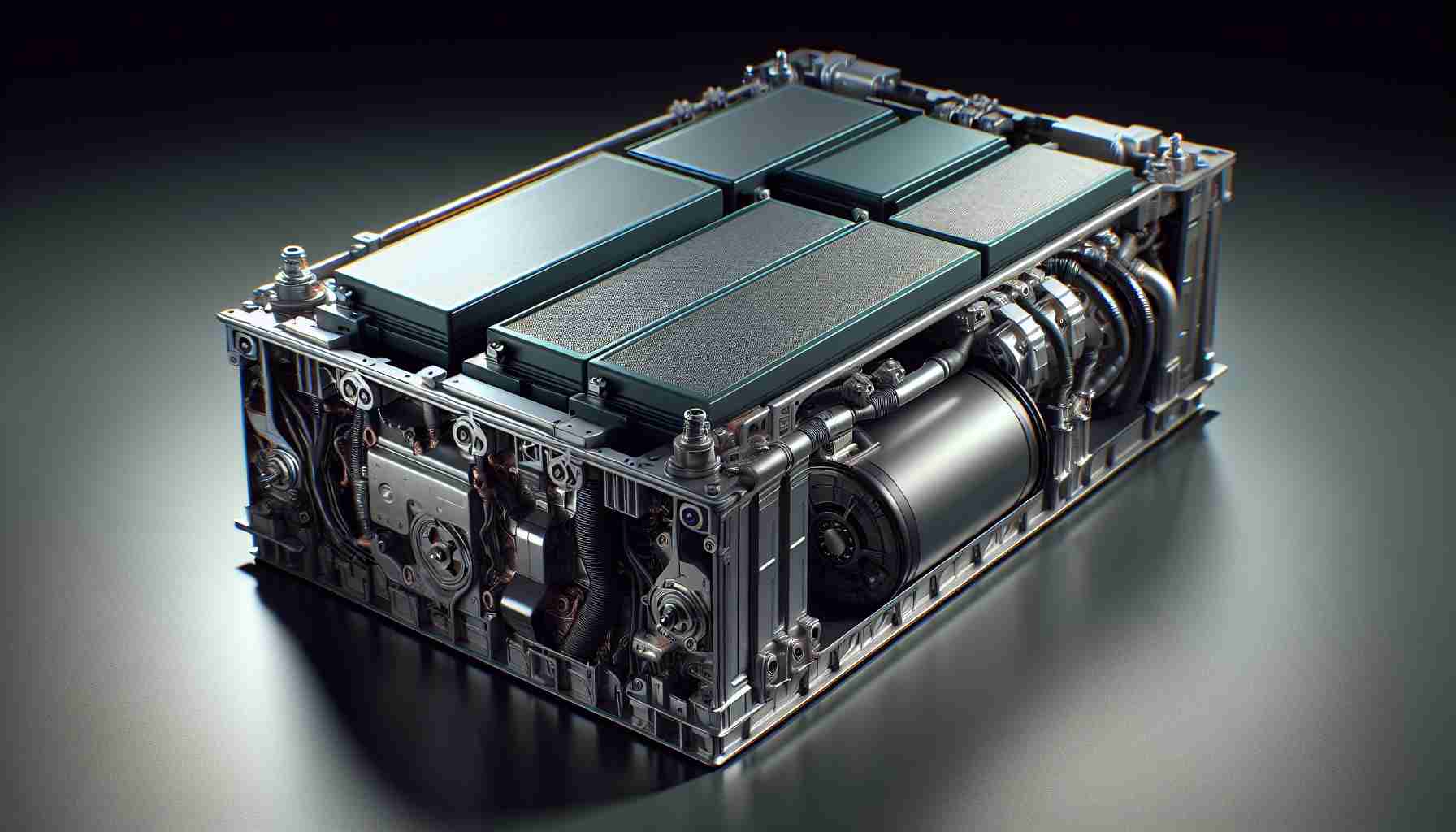The introduction of advanced stealth aircraft has significantly changed the landscape of aerial combat. One of the latest entries into this realm is the Chinese J-20, which took its first flight in early 2011 and showcased its capabilities to the world in 2016. The aircraft began entering service with the People’s Liberation Army a year later, forming its first operational squadron shortly thereafter. Initially equipped with Russian AL-31F engines, the J-20 has since transitioned to the more powerful domestically developed WS-15 engines.
The J-20 boasts cutting-edge technology that rivals American fighters such as the F-22 and F-35. It is equipped with sophisticated electro-optical systems that provide comprehensive situational awareness by combining radar data with visual observations, ensuring that pilots have a clear understanding of the battle space. This platform is capable of carrying advanced missile systems in its internal payload bays, offering a significant range advantage against potential adversaries.
Meanwhile, the Russian Su-57 has been actively participating in real-world conflict scenarios, notably in Ukraine. With the capability to deploy long-range air-to-air missiles, it has contributed to the performance metrics of Russian aviation. Following a series of successful deployments, the Su-57 has recently entered serial production, marking a pivotal moment for Russian air power.
As global military dynamics shift, both the J-20 and Su-57 exemplify the new age of stealth technology and the enduring importance of air superiority in modern warfare.
The Impact of Stealth Technology on Global Military Dynamics
The rapid advancement of stealth technology in military aviation, particularly with aircraft like the Chinese J-20 and the Russian Su-57, is profoundly influencing the lives of individuals, communities, and nations. As nations invest in advanced military capabilities, the implications extend beyond mere technological progress; they shape security policies, economic resources, and international relations.
Air Superiority and National Security
The introduction of stealth aircraft fundamentally alters the concept of air superiority. Countries equipped with such technology can assert greater control over their airspace, making it challenging for opponents to mount a credible defense. This shift is particularly crucial in regions with active territorial disputes, such as the South China Sea or Eastern Europe. Nations may feel pressured to bolster their own air capabilities, which can lead to an arms race and increased military spending.
Societal Impact and Public Perception
The focus on advanced military technologies like the J-20 and Su-57 can create a dichotomy within societies. On one hand, there is a sense of pride and national security assurance among citizens; on the other hand, it raises ethical concerns regarding the prioritization of military funding over social programs. In societies facing economic challenges, substantial investments in military capabilities may lead to public unrest and demands for transparency.
Economic Ramifications
The development and production of stealth technologies stimulate various sectors of the economy, including high-tech industries and defense contracting. However, the financial costs associated with these technologies can burden national budgets, diverting funds from vital areas such as education and health care. Critics argue that countries should focus on building their economies and addressing social issues rather than engaging in military competition.
International Relations and Controversies
The growth of stealth aircraft capabilities has led to increasing tensions between nations. The U.S. military, which has dominated aerial technology for decades, views the advancement of countries like China and Russia with suspicion and concern. This has led to numerous controversies, including debates over arms regulations, export controls on sensitive technologies, and military alliances. The introduction of new aircraft can escalate conflicts and contribute to an atmosphere of mistrust among global powers.
Interestingly, the experiences in Ukraine with the Su-57 also provide a real-world lens through which to assess these technologies. Reports of its operational capabilities in combat situations draw attention to both its strengths and limitations. As nations observe these deployments, they gain insights that may shape their military strategies and defense budgets.
Emerging Technologies and Future Implications
As nations continue to develop stealth technology, they are also exploring other advanced fields such as unmanned combat systems and artificial intelligence. The integration of these technologies into the air combat domain may redefine traditional warfare and lead to new ethical and strategic challenges. The consequences of these advancements are not limited to military applications; they intersect with questions of civilian safety and the potential for unintended escalations in conflict.
In conclusion, the evolution of stealth aircraft like the J-20 and Su-57 has far-reaching implications for international security and societal perspectives on military expenditure. As nations navigate this complex landscape, the interplay between technological innovation and ethical considerations will remain a pivotal aspect of global discussions on defense and security.
For further insights into military aviation and technology, visit Defense.gov.






















